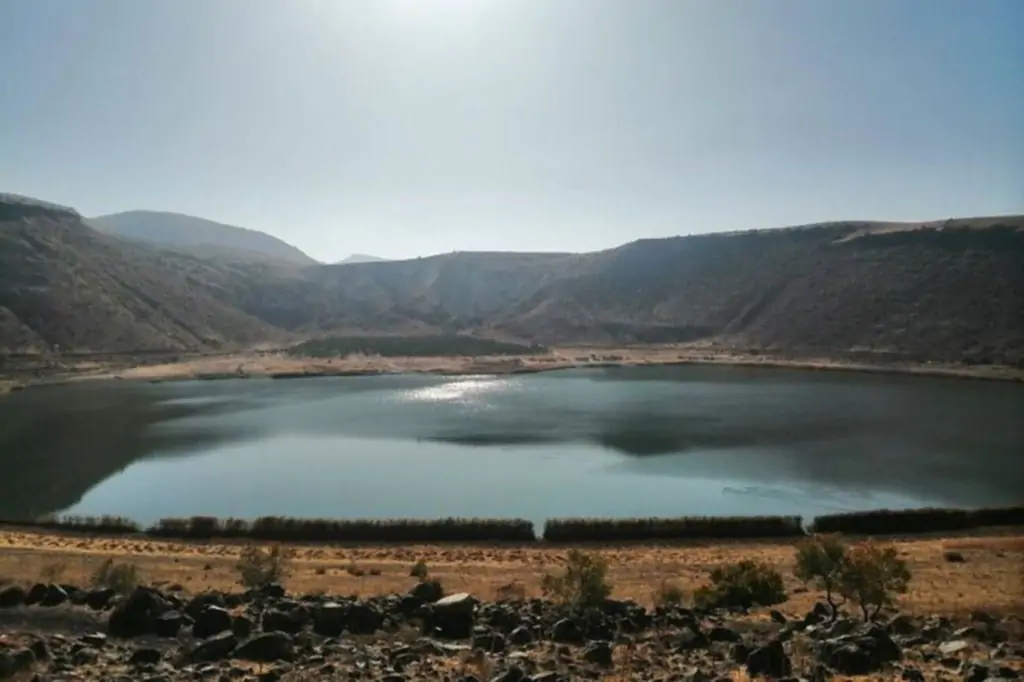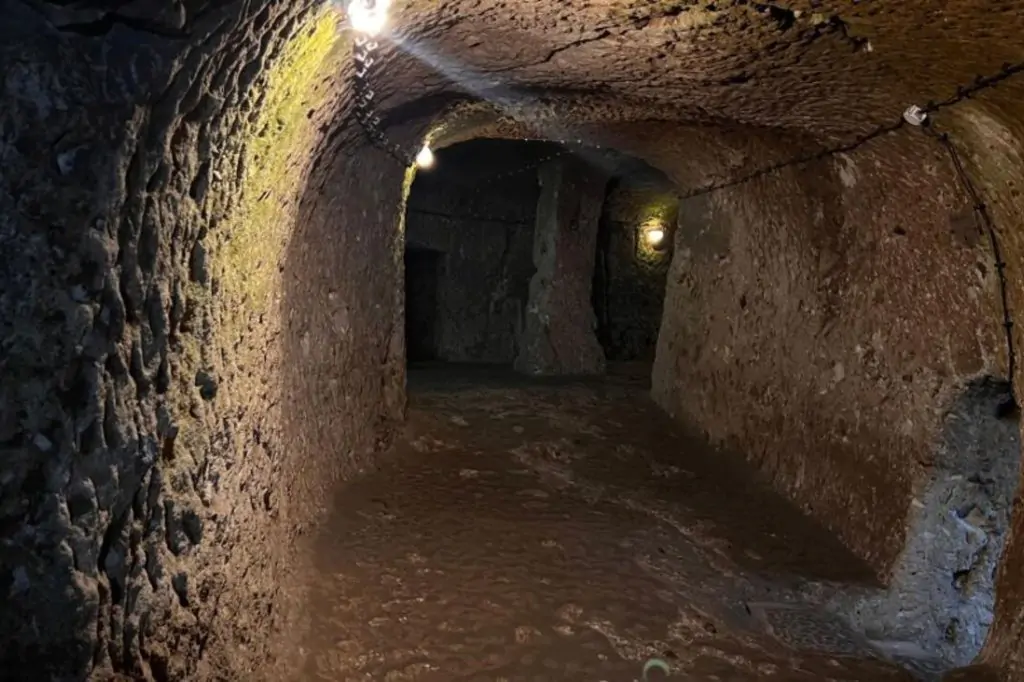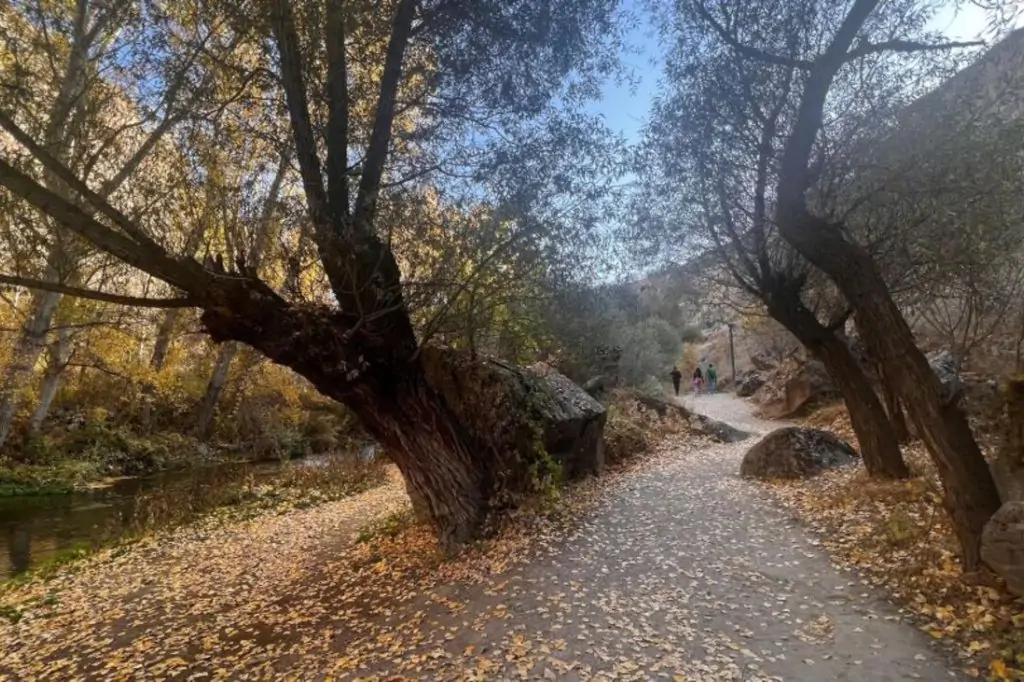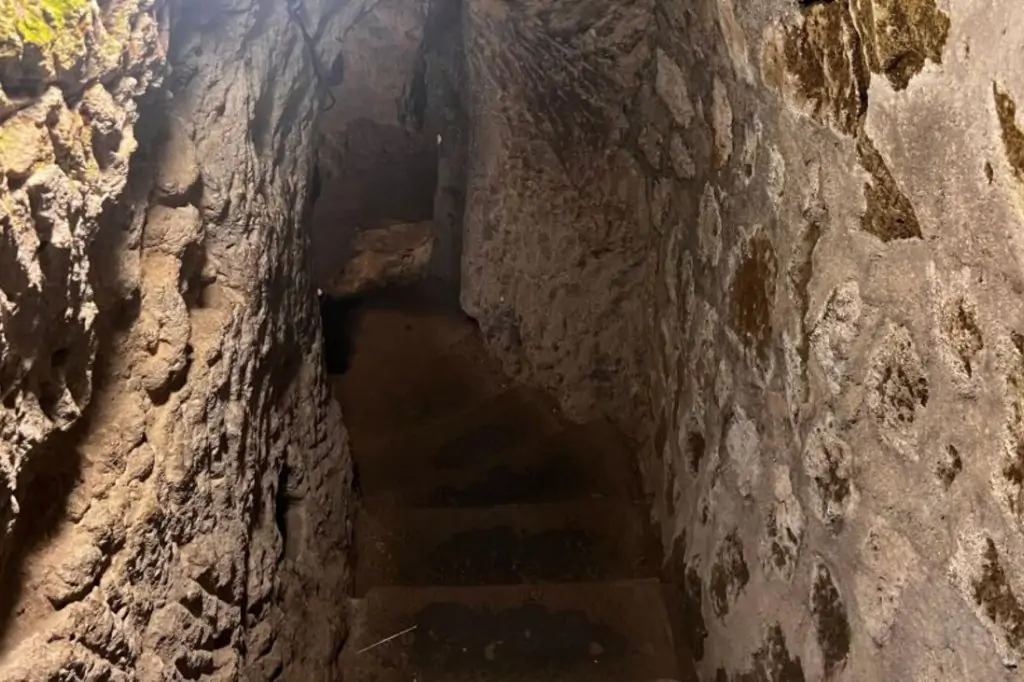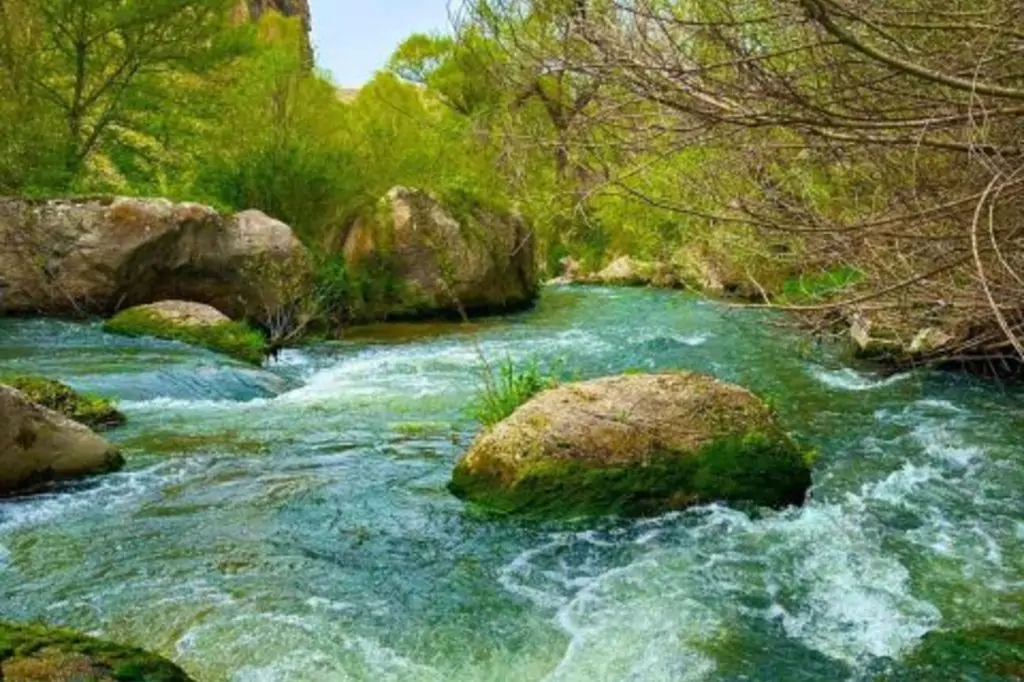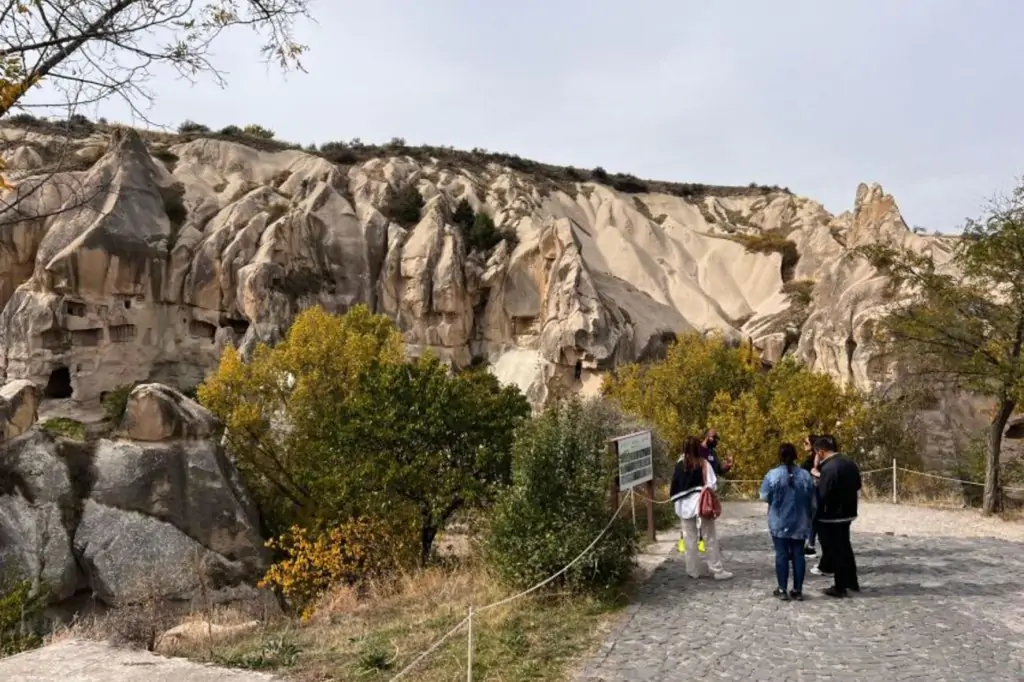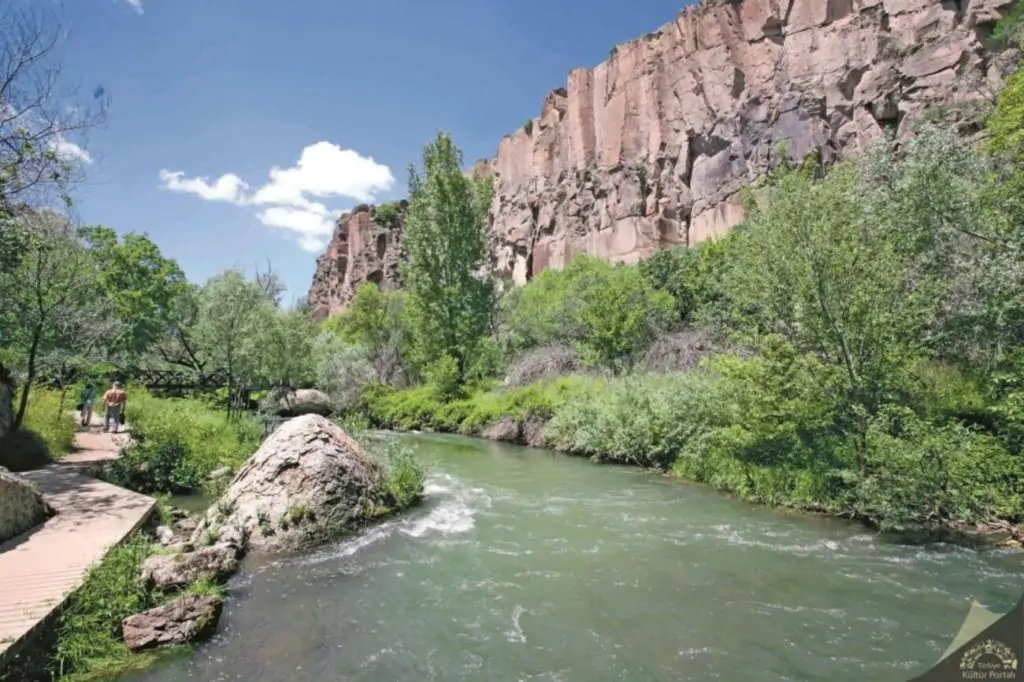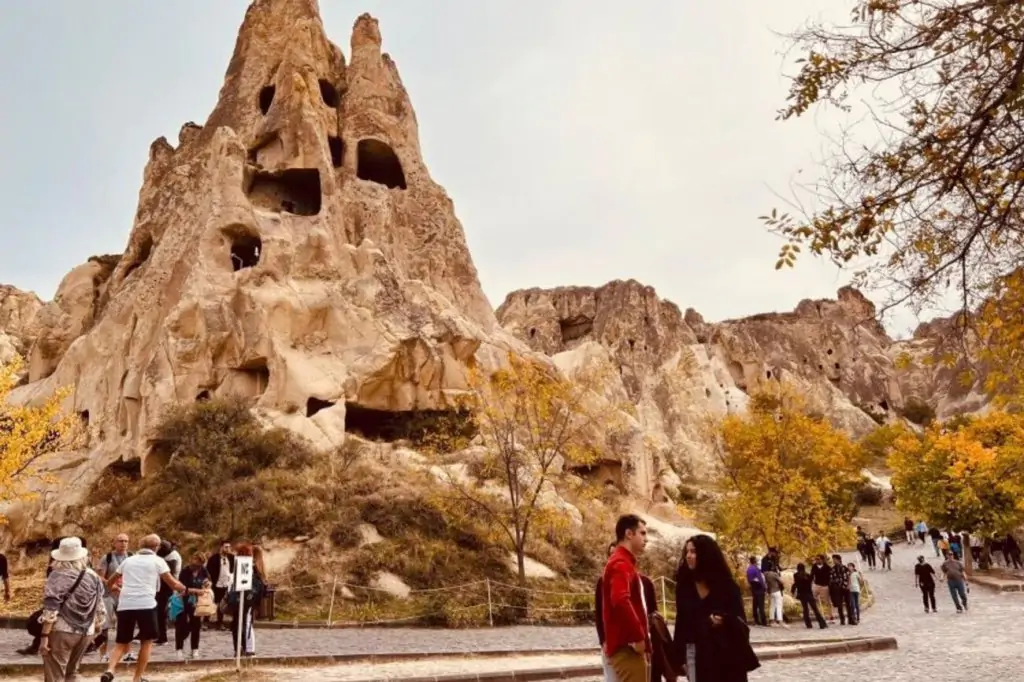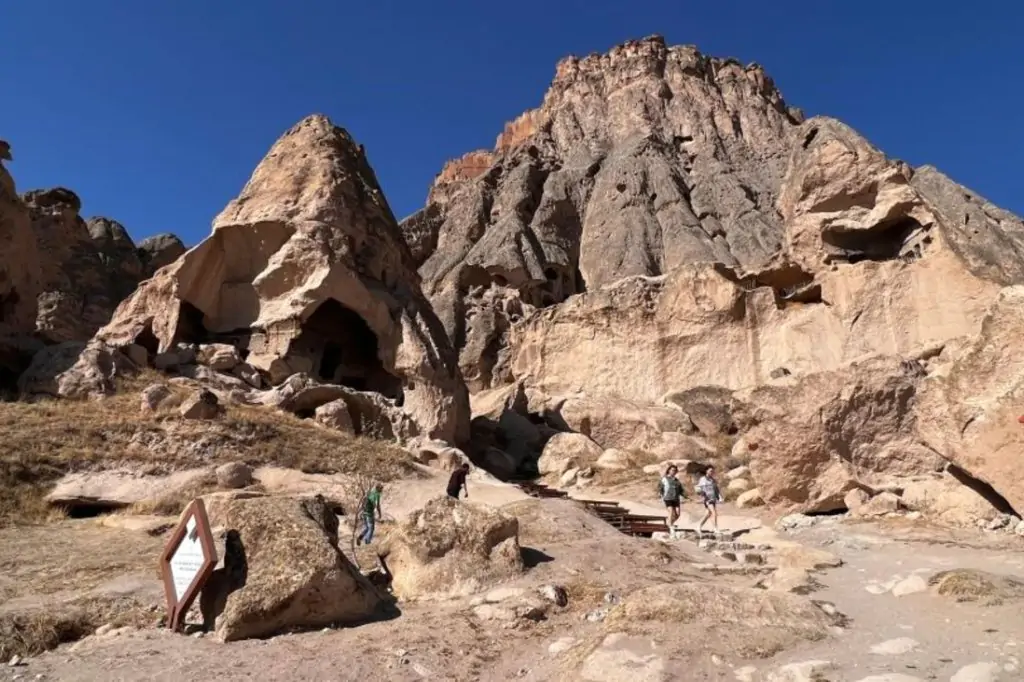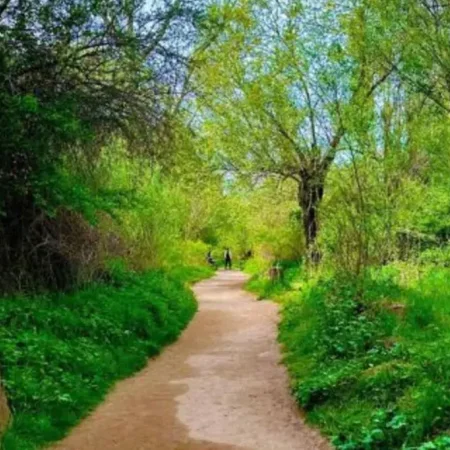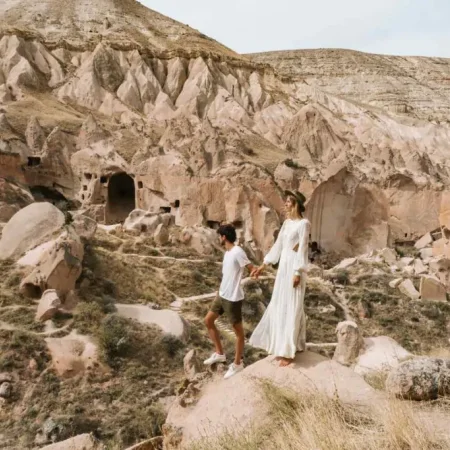Ihlara Valley
The Ihlara Valley (or Peristrema Valley; Turkish Ihlara Vadisi) is a canyon which is 15 km long and up to 150 m deep in the southwest of the Turkish region of Cappadocia, in the municipality of Güzelyurt, Aksaray Province. The valley contains around 50 rock-hewn Christian churches and numerous rock-cut buildings.
Kaymakli Underground City
One of the biggest and best-preserved underground cities in the area is Kaymakli Underground City, which is thought to have been created by the earliest Christians as a refuge to hide from persecution. An intricate system of tunnels, chambers, and galleries has been excavated deep into the volcanic tuff rock at Kaymakli Underground City. There are eight floors in the city, although only four are accessible to the general public today. The underground city can hold up to 3,000 people and is over 85 meters deep. You will come across low, winding passages, steep stairs, and rooms that have seen a variety of uses as you explore Kaymakli.
Pigeon Valley
Guvercinlik Vadisi (Pigeon Valley) earned its name from the countless man made dovecotes (Pigeon Houses) that have been carved into the soft volcanic tuff. Since ancient times Pigeons have been used in the Cappadocia region for food and fertiliser for the infertile soil. While pigeons no longer play such an important role in the area, their rocky homes have still been maintained by locals and can be found atop rock pillars and inside excavated cave houses and churches throughout the region, however, they are particularly numerous in this valley.
Lunch at Belisırma Village There will be prepared a decent lunch for everybody in this village.
Selime Monastery One of the most unexpected surprises in Cappadocia is the wonderful rock-cut monastery in Selime, at the end of Ihlara valley, 28 km from Aksaray. Selime was home to Hittite, Assyrian, Persian, Roman, Byzantine, Danişment, Seljuk and Ottoman civilizations. One of the most important aspects of Selime fortress-monastery was that many leading clergymen were educated there. The military headquarters of the region was also located there. While the monastery is dated to 8th and 9th centuries, the frescoes in the structure date back to late 10th and early 11th centuries. The depictions include Ascension, Annunciation and Mother Mary.

